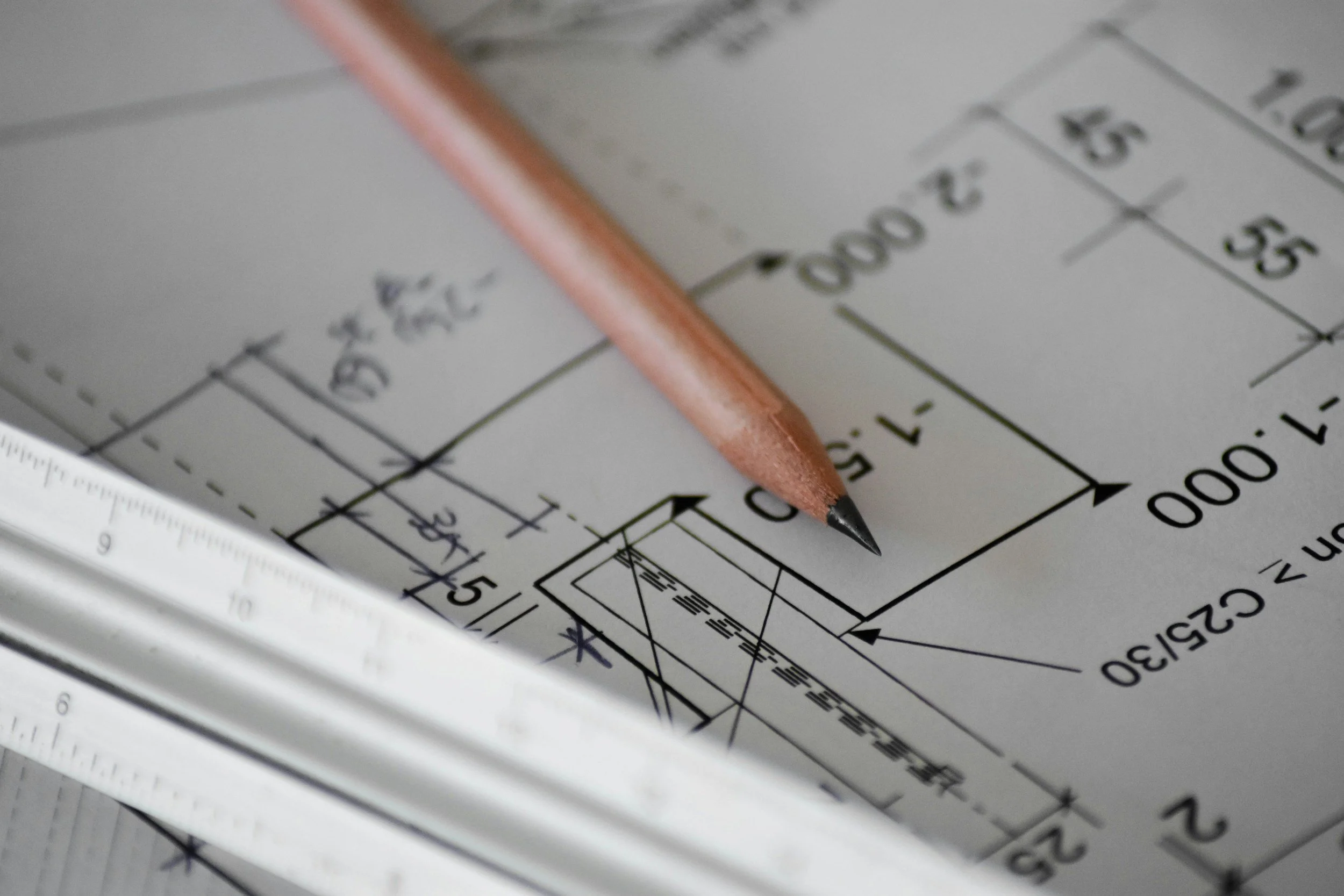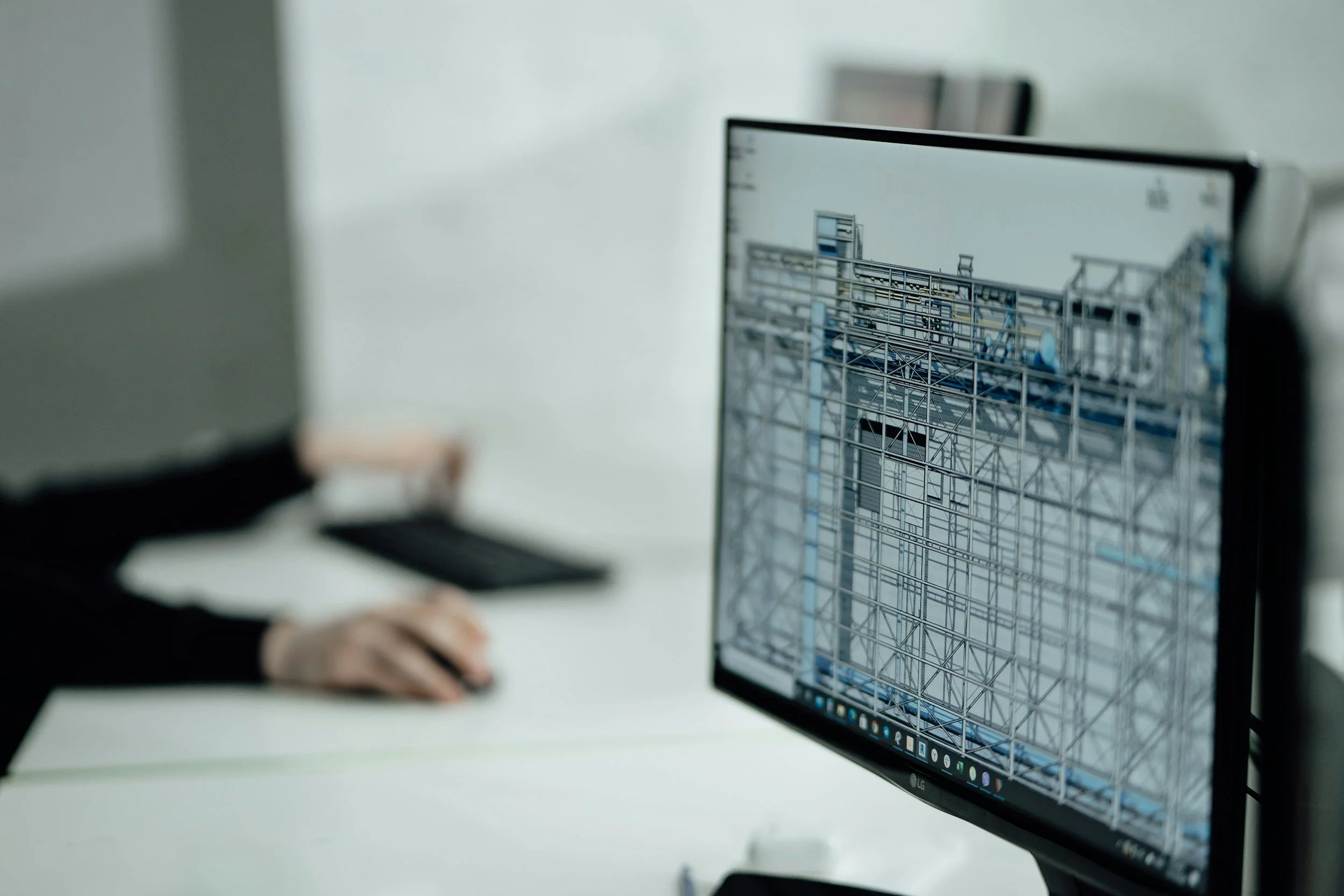
Design Engineer
This page gives you the real story about what it's like to be a Design Engineer (with insights from someone who’s actually doing the job).
Your goal: Decide if this sounds interesting enough to explore further, or if it's clearly not for you. Both answers are useful!
If it sounds like something you'd like to know more about, you'll be able to:
📞 Join a call - On online call where you can ask your own questions and hear more about what the job's really like
It will take about 5 minutes to read through - by the end, you'll know if this is worth exploring or if you should look at something else.
What do they do?
A design engineer works out how technical systems and infrastructure should be built and makes sure they'll work properly.
They spend their time doing calculations, creating technical drawings, building models in spreadsheets, and checking that everything adds up correctly. It's about taking requirements, like "we need to heat 500 homes", and figuring out exactly what pipes, equipment, and energy sources you need to make that happen.
They don't build or install things themselves, that's done by construction teams and contractors. Design engineers create the plans, spot problems before they happen, and works out the technical details of how something should be built.
How much do they earn?
Salaries vary depending on the company, location, and your experience level. Here's a rough guide for design engineer roles:
Apprentice (Modern/Graduate Apprenticeship): £18,000 – £24,000 per year (you’re learning on the job while earning)
Uni Graduate: £26,000 – £32,000 per year
With Experience: £35,000 – £48,000 per year
Senior Level: £50,000 – £80,000+ per year
What affects your salary:
The industry you work in (manufacturing, construction, product design, etc.)
Whether you’re based in a city (usually higher) or smaller town
The size and complexity of the projects you manage
Additional qualifications or chartership (e.g. IMechE, ICE, or IET)
Remember: These are approximate figures for Scotland and can vary. The good news is design engineers are in demand across multiple sectors, with strong career progression and increasing salaries as you gain experience.
You like working things out
You enjoy solving problems - not by guessing, but by understanding how and why something works. You like the feeling of finding the right solution after thinking it through properly.
You'll Be Successful In This Career If...
You're curious about how things work
You want to understand the full picture of how things fit together. When you're working on something, you like knowing not just your bit, but how it connects to everything else.
You're interested in real-world impact
It matters to you that the technical work you're doing leads to actual infrastructure being built. Knowing your calculations will help create something real keeps you motivated
You’re good with numbers and details
You like working with data, doing calculations, or checking figures carefully. Getting something accurate, and knowing it’s correct, feels satisfying.
The Bottom Line
Design engineers are people who like figuring things out. They take a problem, break it down, and work out exactly how to make it function in the real world. If you’re the kind of person who likes getting things right and seeing how everything fits together, this could be a good match.
You have strong attention to detail
You're the person who spots when something doesn’t look quite right. Checking work carefully and finding mistakes before they become problems is something you're naturally good at.
Meet Owen – Design Engineer at Vattenfall
Owen is part of Vattenfall’s design engineering team, working on projects that deliver low-carbon energy systems for homes and businesses across the UK.
What the job actually involves
“It’s about taking an idea and turning it into something that can actually be built.”
“Most of my time is spent working on the early designs… building spreadsheet models, checking calculations, and making sure the numbers add up.”
“You’re always balancing different things: what’s technically possible, what’s affordable, and what will actually work on site.”
Why he likes it
“I like the problem-solving side of it… taking something complicated and finding a way to make it work.”
“It’s satisfying seeing something you’ve designed actually being built. You know the details behind it, so you understand how it all fits together.”
Why he chose this path
“I’ve always liked maths and physics, and I wanted to do something practical with that.”
“Engineering felt like the place where you can actually apply what you’ve learned… it’s not just theory, you can see the results.”
"My previous engineer role was a research engineer role for an aerospace company. Whereas this role at Vattenfall is different because it’s very fast-paced. I'm chatting to 5 to 10 people each day to get information from them."
"Working at Vattenfall suits someone that's social and kind of likes dealing with people… there's quite a lot of engineers that wouldn't want that, they prefer to just be working by themselves.”
His best advice
"You need attention to detail, and a curiosity to kind of know everything. As an engineer, need to know how it all roughly works to do your job.”
“What Does A Typical Day Look Like?”
Where he works:
Most of the time is spent at a desk in the office or working from home. It’s mainly computer-based, using spreadsheets, design software, and documents, with occasional site visits to understand how things are built in practice.
What he’s actually doing:
"There's a mixture of meetings, maybe 2 hours typically a day, and maybe an hour of chasing information. The rest of the time is spent doing the actual work, either design or modelling, or sometimes reviewing documents."
“A lot of it is calculations, spreadsheets, checking numbers, and making sure everything balances.”
Breaking that down more specifically:
Reviewing data and working out what the system needs to do
Building or updating models in Excel to test different design options
Producing and checking technical drawings
Writing design documents and reports to explain decisions
Talking with project managers and specialists to make sure designs are realistic and cost-effective
Checking designs against safety, efficiency, and budget requirements
Visiting sites occasionally to see how the designs are implemented
The Summary
Many sectors (energy, construction, manufacturing, transport, infrastructure, water, tech and more) need design engineers to work out how technical systems should be built and make sure they function properly.
So if you have strong attention to detail, enjoy problem solving with numbers and spreadsheets, and want to see your technical work lead to things being built in the real world, then design engineering gives you the chance to turn your abilities into a well-paid and satisfying career.
Sign up for the ‘Insight Call’
A short online session (30 mins) where you can:
Hear from Owen about the role
Find out what they really do day to day
Ask your own questions about routes in, pay, progression and lifestyle
Decide if you want to explore the role further
Wednesday 10th December at 16:30








